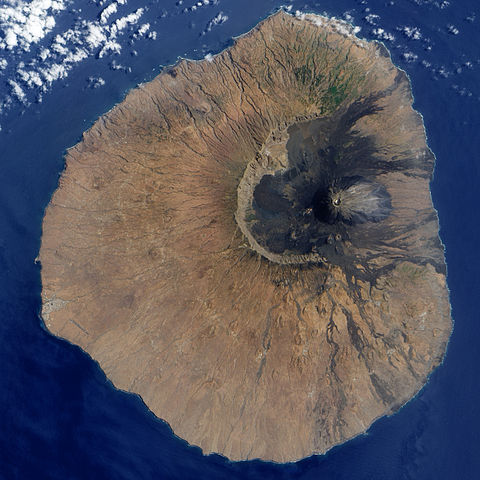
File:Fogo, Cape Verde Islands.jpg

Size of this preview: 480 × 480 pixels.
| |
This is a featured picture, which means that members of the community have identified it as one of the finest images on the English Wikipedia, adding significantly to its accompanying article. If you have a different image of similar quality, be sure to upload it using the proper free license tag, add it to a relevant article, and nominate it. |
File usage
The following pages on Schools Wikipedia link to this image (list may be incomplete):
Metadata
Find out about Schools Wikipedia
Schools Wikipedia was launched to make learning available to everyone. SOS Children helps more than 2 million people across 133 countries around the world. There are many ways to help with SOS Childrens Villages.
Categories:




